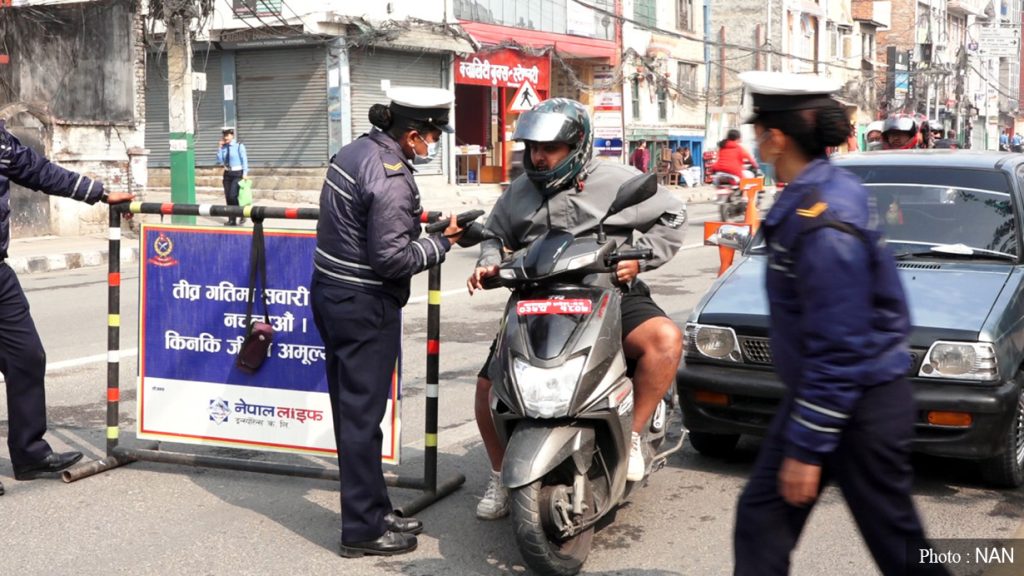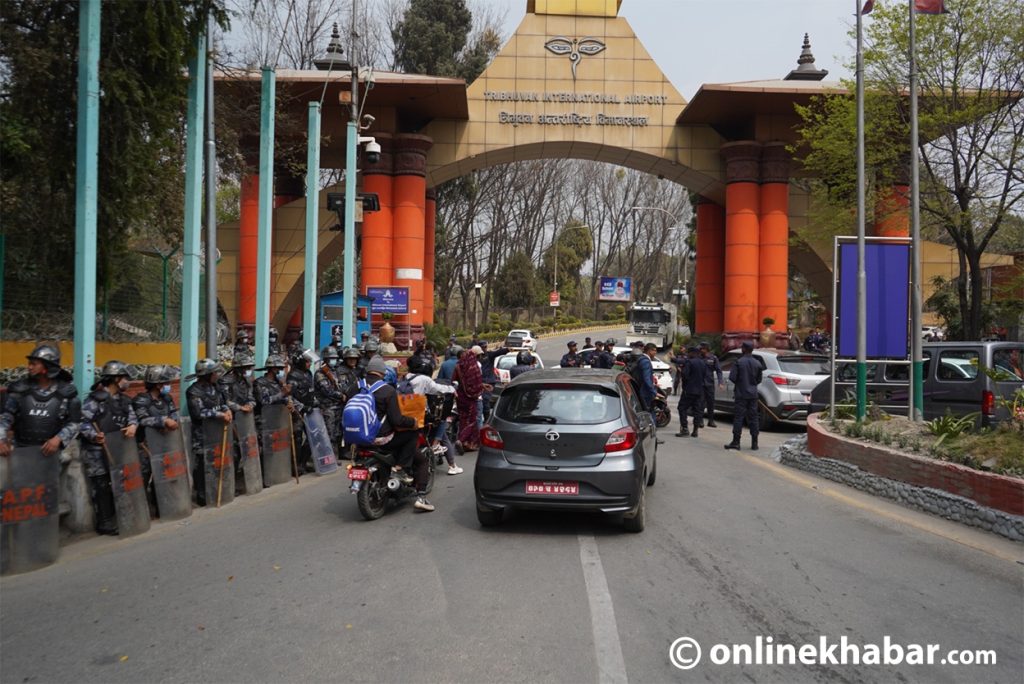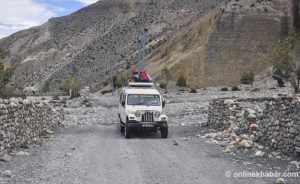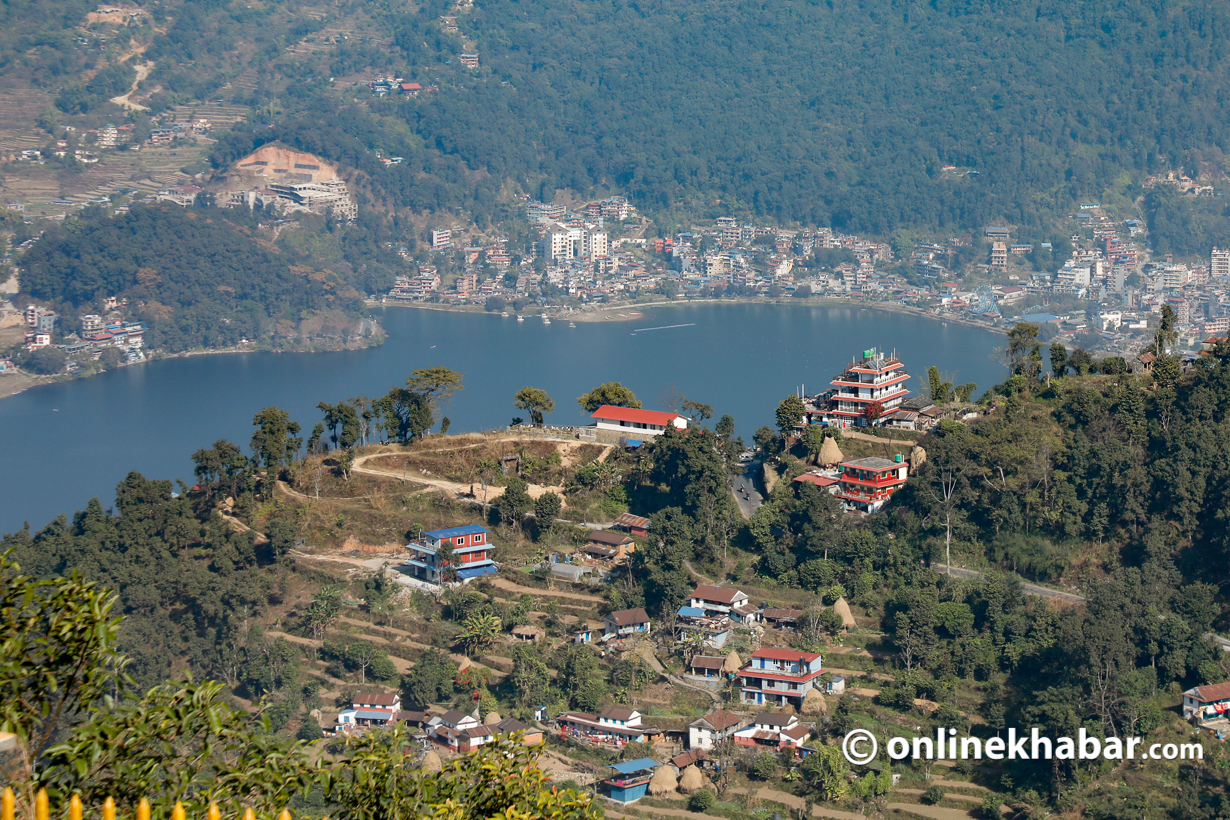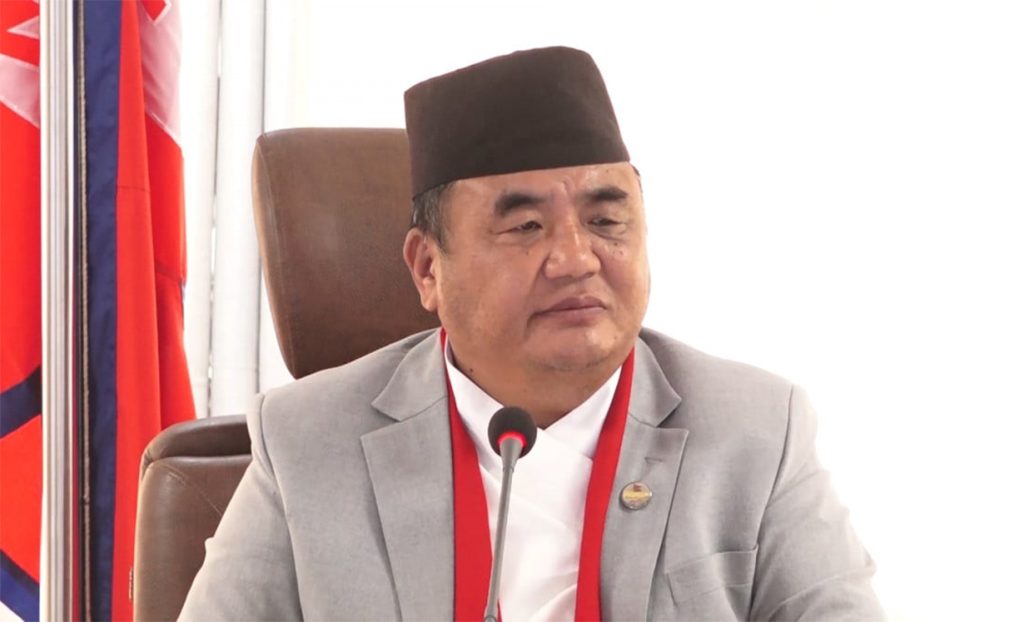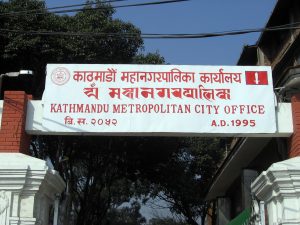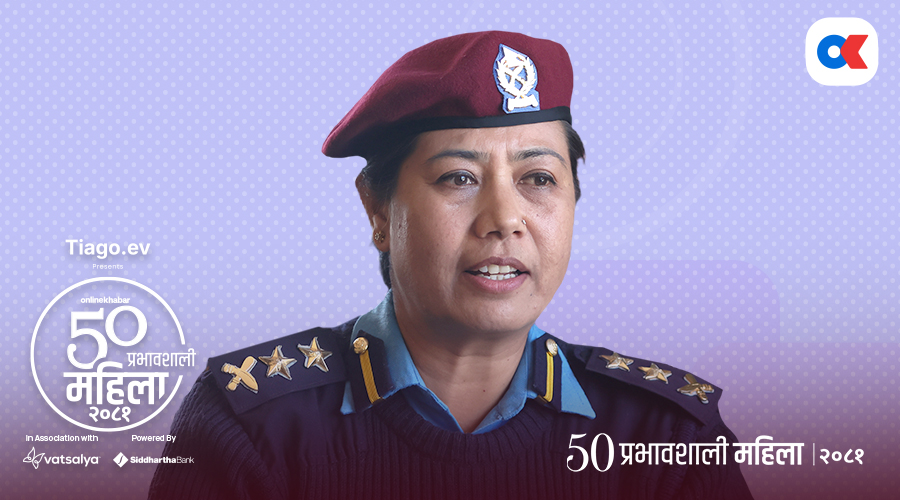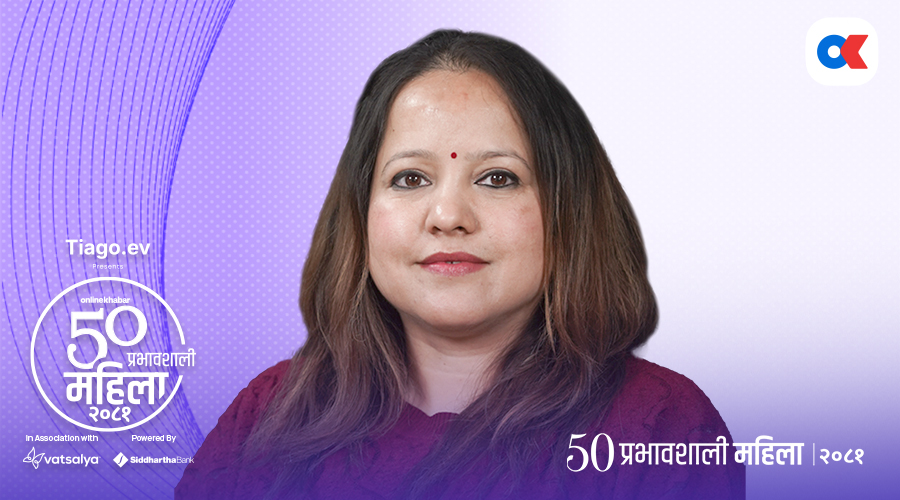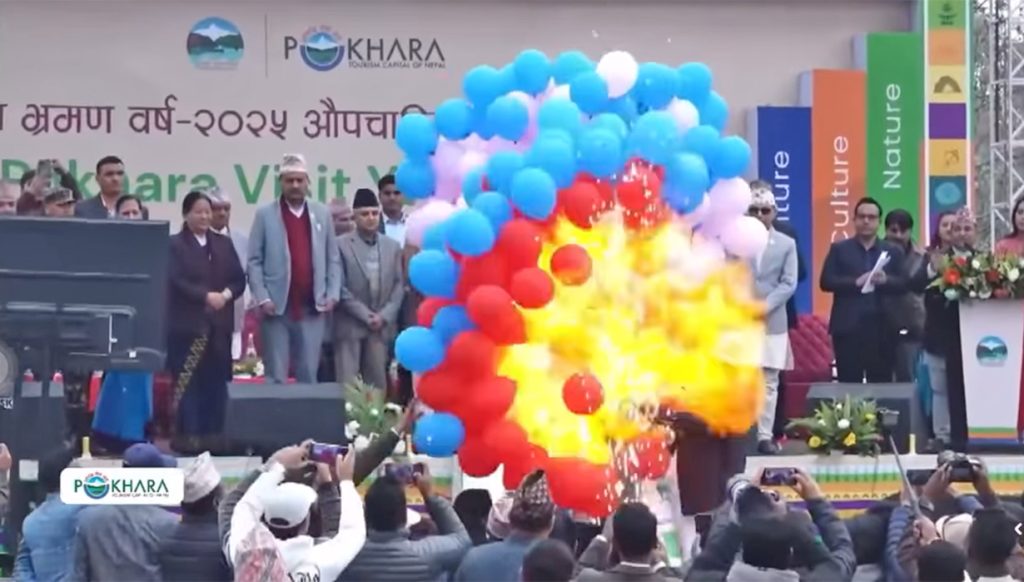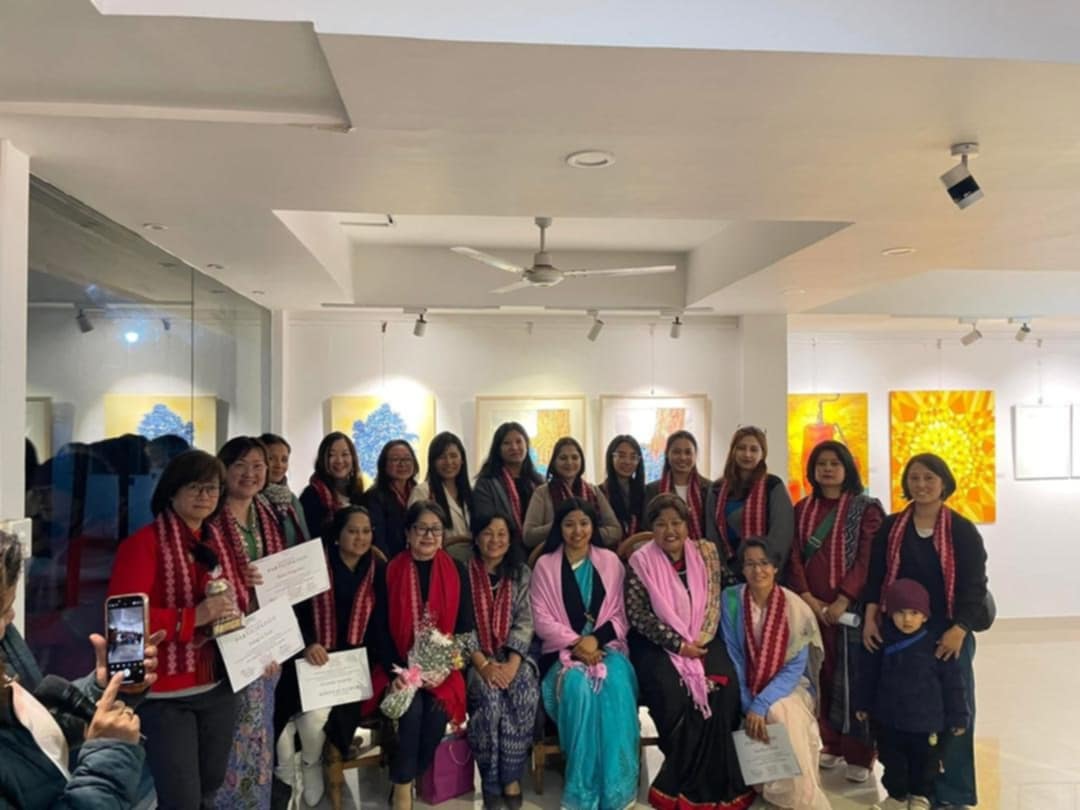
Prem Rai works in a hospital in Kathmandu, but he loves fishing in the Bagmati river at the weekend. He fishes from the Sundarijal to Gokarna segments of the river just north of the city, stretches that are still somewhat clean. Below Gokarna, the Bagmati – which flows through the heart of Nepal’s capital – is so polluted it’s almost “dead”.
But even in the ‘clean’ parts of the river, he finds his net is full of plastic bags, not fish.

With a population of about 2.5 million (including the districts of Kathmandu, Lalitpur and Bhaktapur) the Kathmandu Valley produces 523 tonnes of waste per day, out of which 12% is estimated to be plastic. Due to the lack of awareness and a dysfunctional waste management system some of the plastic and polythene bags are thrown into, or dumped on the banks of the rivers and rivulets that run through the valley, and finally end up in the Bagmati River – considered Nepal’s holiest river but is heavily polluted.
Due to easy availability plastic and polythene bags have become integrated into daily life for people in the Kathmandu valley, replacing older biodegradable material used for bags or packing material. Even outside the city, plastic proliferates. Kathmandu, located in the foothills of the Himalayas, is one of the most beautiful natural areas in the world. But when people go out to enjoy the beauty, they leave their plastic behind.

Abhisekh Pokhrel, part of a “No Polythene Bag” campaign, claimed that he had stopped using plastic bags completely and is urging others in the city to do the same. In the last few years various campaigns have been launched to clean the bags and other garbage from the rivers, but with only partial success as the new plastic replaces the old plastic removed.
There are laws and policies in place, but they are rarely enforced. Before a lackadaisical government, and an uncaring public, the river cleaning campaigns – usually carried out on Saturdays – are not able to do much. Without deeper social change plastic will continue to blight the beauty of Kathmandu.










Nabin Baral is a photo and video journalist based in Kathmandu. This story was first published on thethirdpole.net




